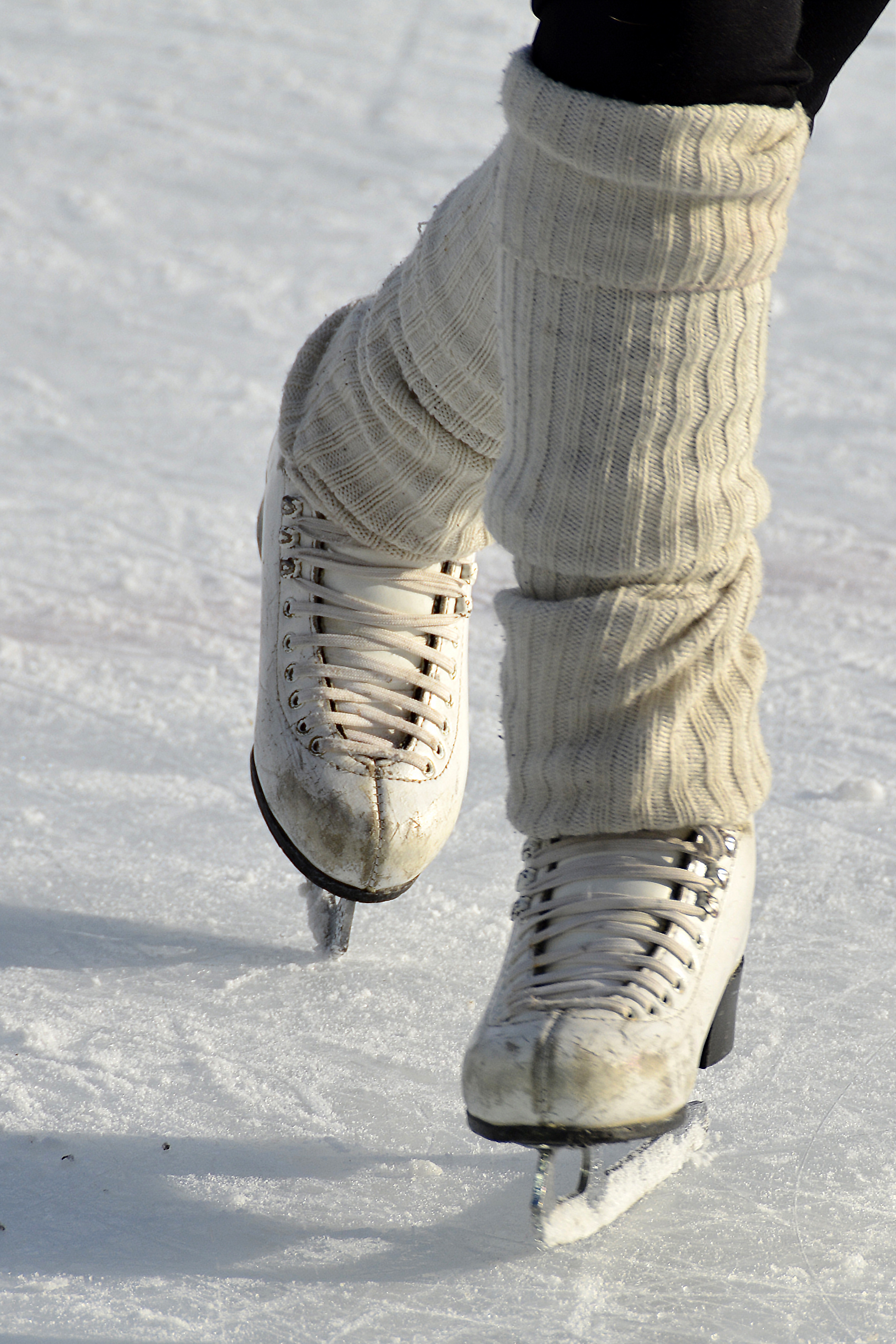Stay Off the Ice - Area Waters Unsafe

Our area rarely produces ice of the quality and thickness necessary for safe outdoor recreation; therefore, recreation on local ice is riskier than in northern climates. Ice that is formed during a continuous, hard freeze, typical of northern climates, is much stronger than ice formed during temperatures that repeatedly fluctuate above and below the freezing mark. Ice that forms where water levels change frequently, or where the water is moving, such as storm water ponds, rivers, and streams is especially dangerous because its thickness will vary with the conditions and may contain cracks. Areas inhabited by waterfowl, such as ducks or geese, can contain patches of very thin ice due to the birds’ swimming and feeding activities which have kept the water “open” longer than surrounding surfaces.
Stay off the Ice! Ice can deteriorate 4 times faster than it forms; therefore, its suitability for recreational purposes is often overestimated. Should an individual or animal fall into icy waters, moderate to severe hypothermia can occur in less than 10 minutes. The window of opportunity for a successful rescue closes rapidly beyond that time. Therefore, the primary challenge for rescuers is time.
Icy Water Safety Tips
If someone falls through the ice, you should:
- Call 911 immediately.
- DO NOT go onto the ice to rescue them.
- Safely reach out to the victim by providing them with something that will help them stay afloat.
Chief Tom LaBelle, of the Prince William County Fire and Rescue System, urges residents that if you see anyone on the ice, tell them to get off; it’s not safe. This includes animals, do not allow your animals to walk on the ice. “Ice recreation is best sought on skating rinks, pavilions, or other locations specifically designed for that purpose,” states Chief LaBelle, “and not the dangerous, naturally occurring ice that forms on area waters.”
Check your local listings for locations in which to safely ice skate.